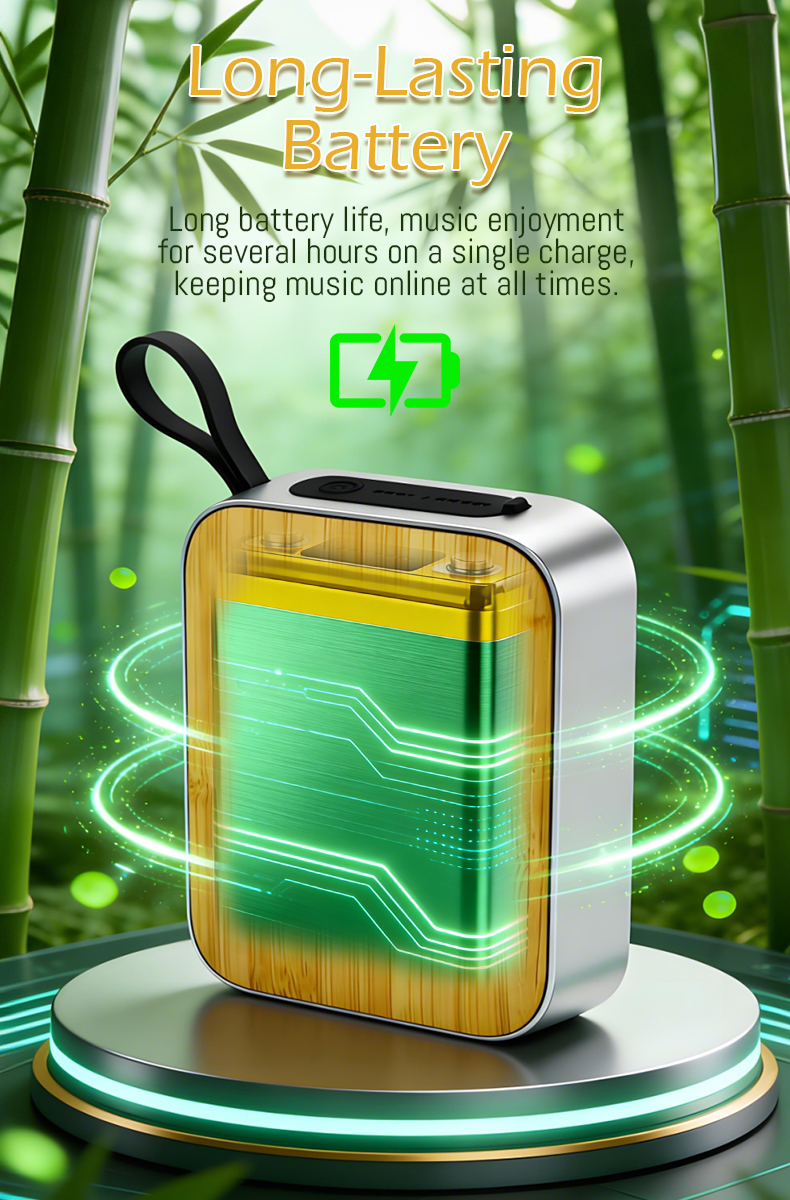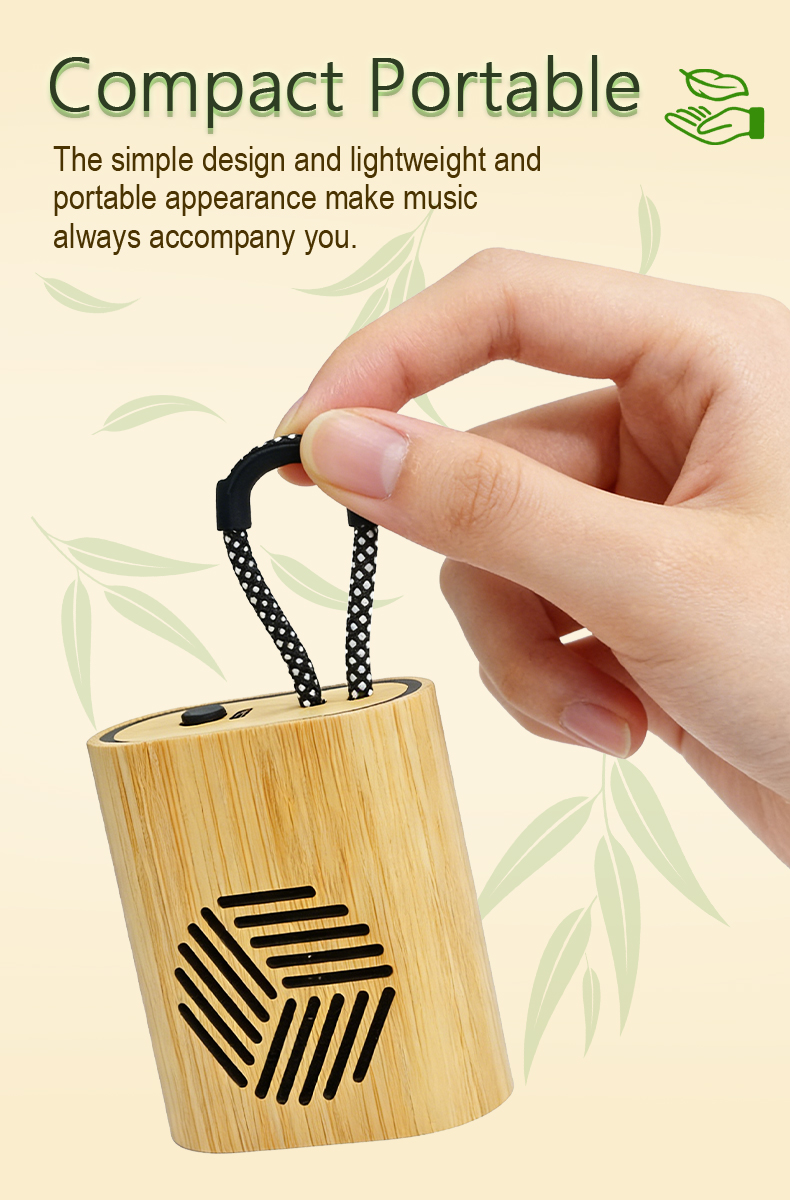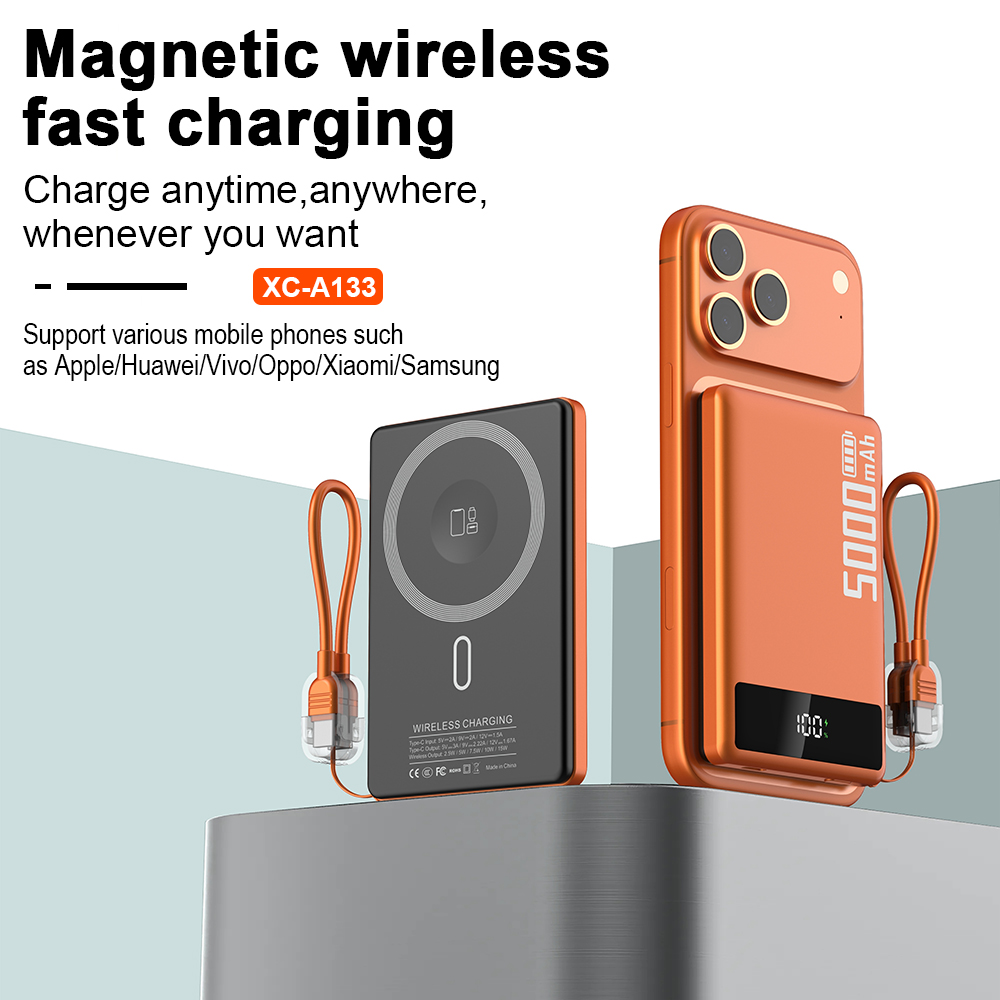How to fix USB flash drive not detected

Identify and fix USB flash drive detection issues

USB flash drives are widely used for data storage and transfer due to their convenience and portability. However, it can be frustrating to encounter a situation where your USB flash drive is not detected by your computer. In this article, Casun USB Flash Drive Manufacturer will discuss the possible causes and effective solutions to fix USB flash drive detection issues.
1. Check physical connections and device manager
The first step is to make sure the USB flash drive is properly connected to your computer. Try connecting it to a different USB port to rule out any port-related issues. Check the USB cable for any damage and replace if necessary. If your USB Flash Drive is still not detected, please follow these steps:
- Press the "Windows + R" keys to open the "Run" dialog box.
- Type "devmgmt.msc" and press Enter to open Device Manager.
- Find the "Disk Drives" section and expand it.
- Look for any entry with a yellow exclamation mark or red cross.
- Right-click on the problematic device and select "Uninstall Device".
- Restart your computer and check if the USB flash drive is detected.
2. Update USB flash drive driver
Outdated or corrupt drivers can also cause USB flash drive detection issues. Please follow these steps to update your USB flash drive driver:
- Open Device Manager as described in the previous step.
- Expand the "Universal Serial Bus Controllers" section.
- Right click on each entry and select "Update Driver".
- Select the option to automatically search for drivers.
- Follow the on-screen instructions to complete the driver update process.
- Restart your computer and check if the USB flash drive is detected.
3. Resolve drive letter conflicts
In some cases, conflicts with drive letter assignments may cause the USB flash drive to not be detected. To resolve this issue, follow these steps:
- Press the "Windows + R" keys to open the "Run" dialog box.
- Type "diskmgmt.msc" and press Enter to open the Disk Management tool.
- Find your USB flash drive in the drive list.
- Right-click on the USB flash drive and select "Change drive letter and path".
- Click the "Change" button and assign an available drive letter.
- Click OK to save changes.
- Check if the USB flash drive is now detected.
It is important to note that if your USB flash drive is still not detected after trying these solutions, it may indicate a hardware issue with the drive itself. In this case, you may need to seek professional help or consider replacing the drive.
To sum up, if the USB flash drive is not detected, you can follow the above steps to solve it. First check the physical connection and Device Manager, then update the USB flash drive driver if necessary. Finally, resolve any drive letter conflicts that may be causing the problem. Keep in mind that if all else fails, it may be a hardware issue that requires further assistance. By employing these troubleshooting techniques, you can hopefully resolve USB flash drive detection issues and regain access to your data.




